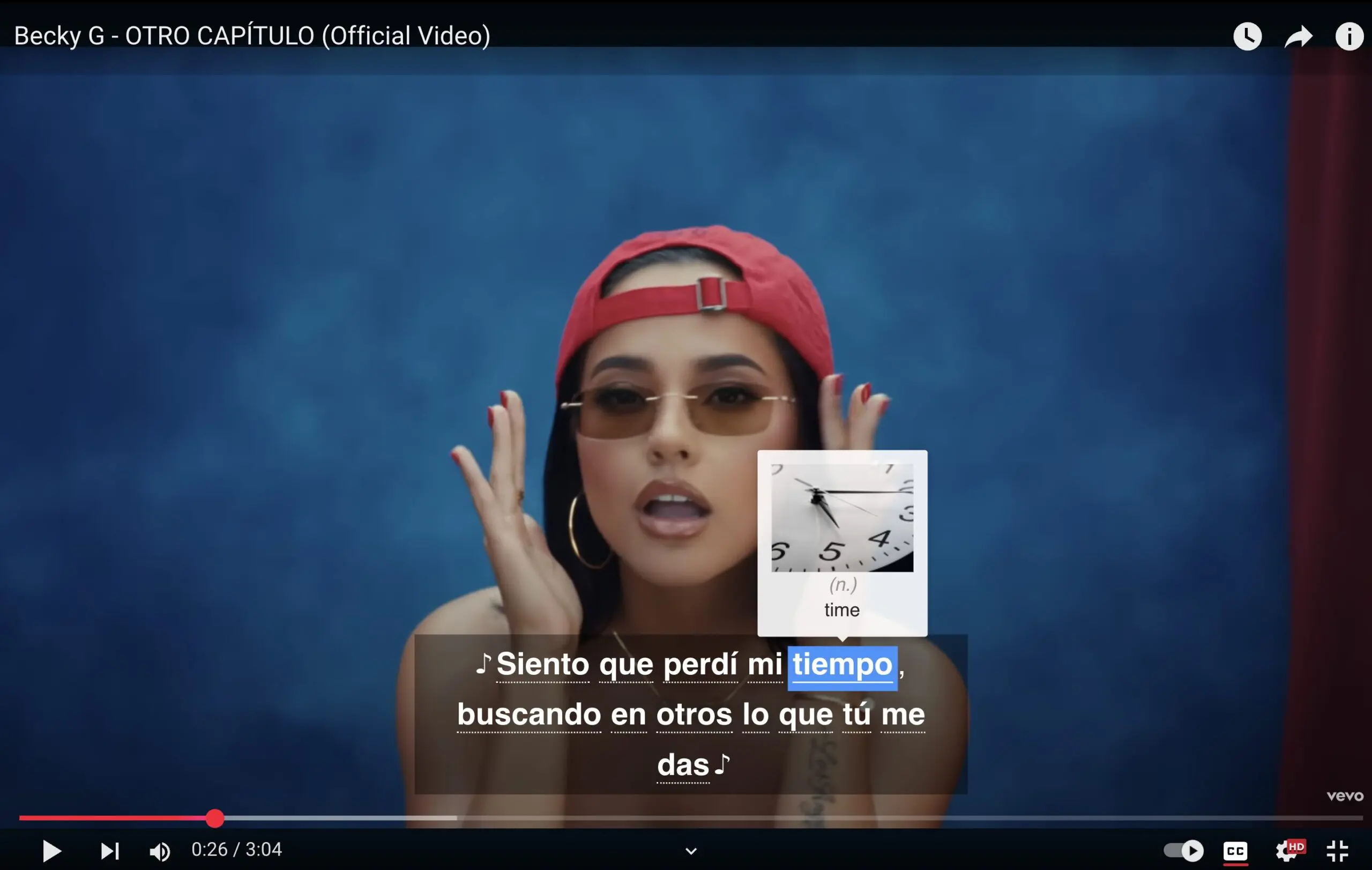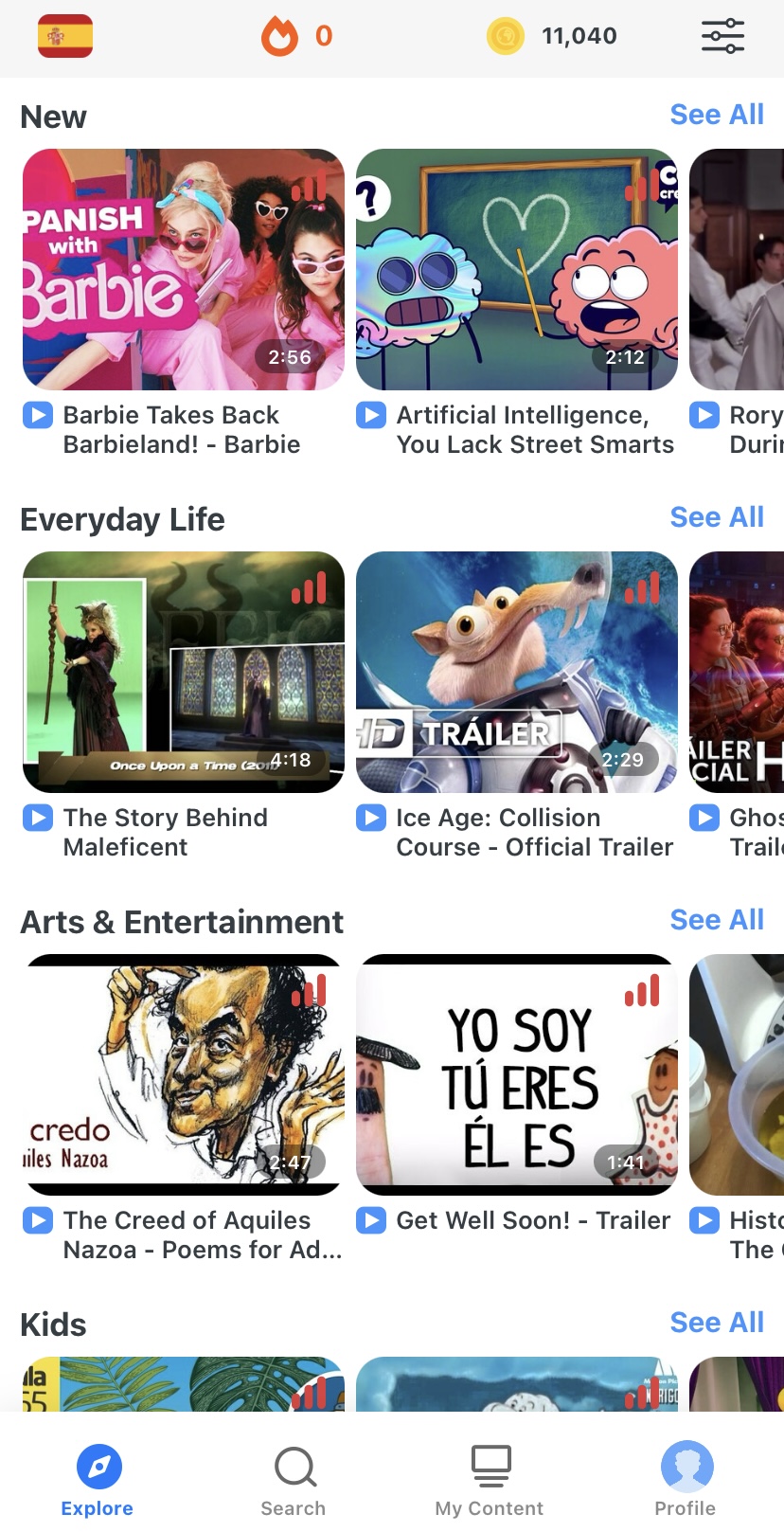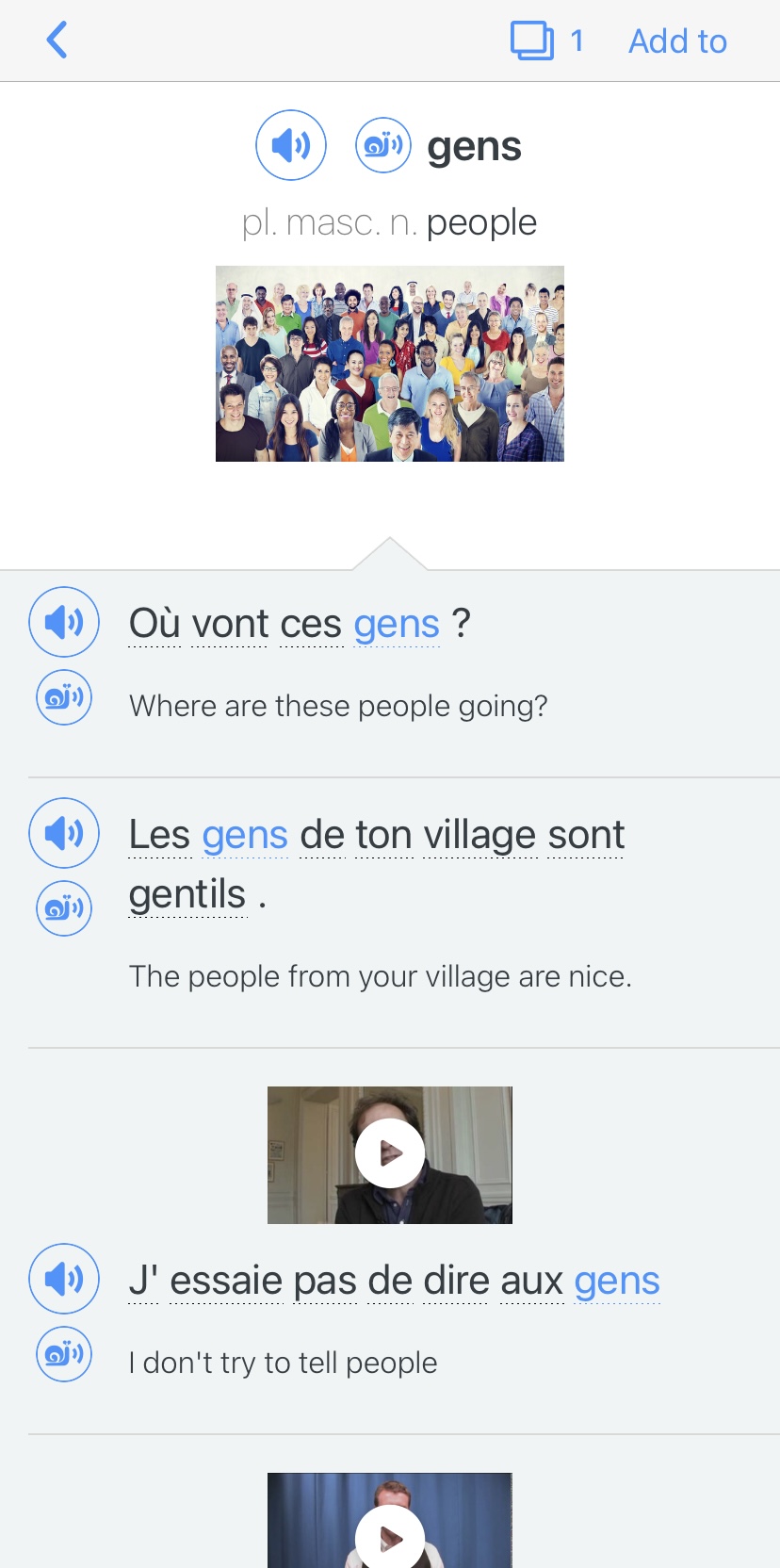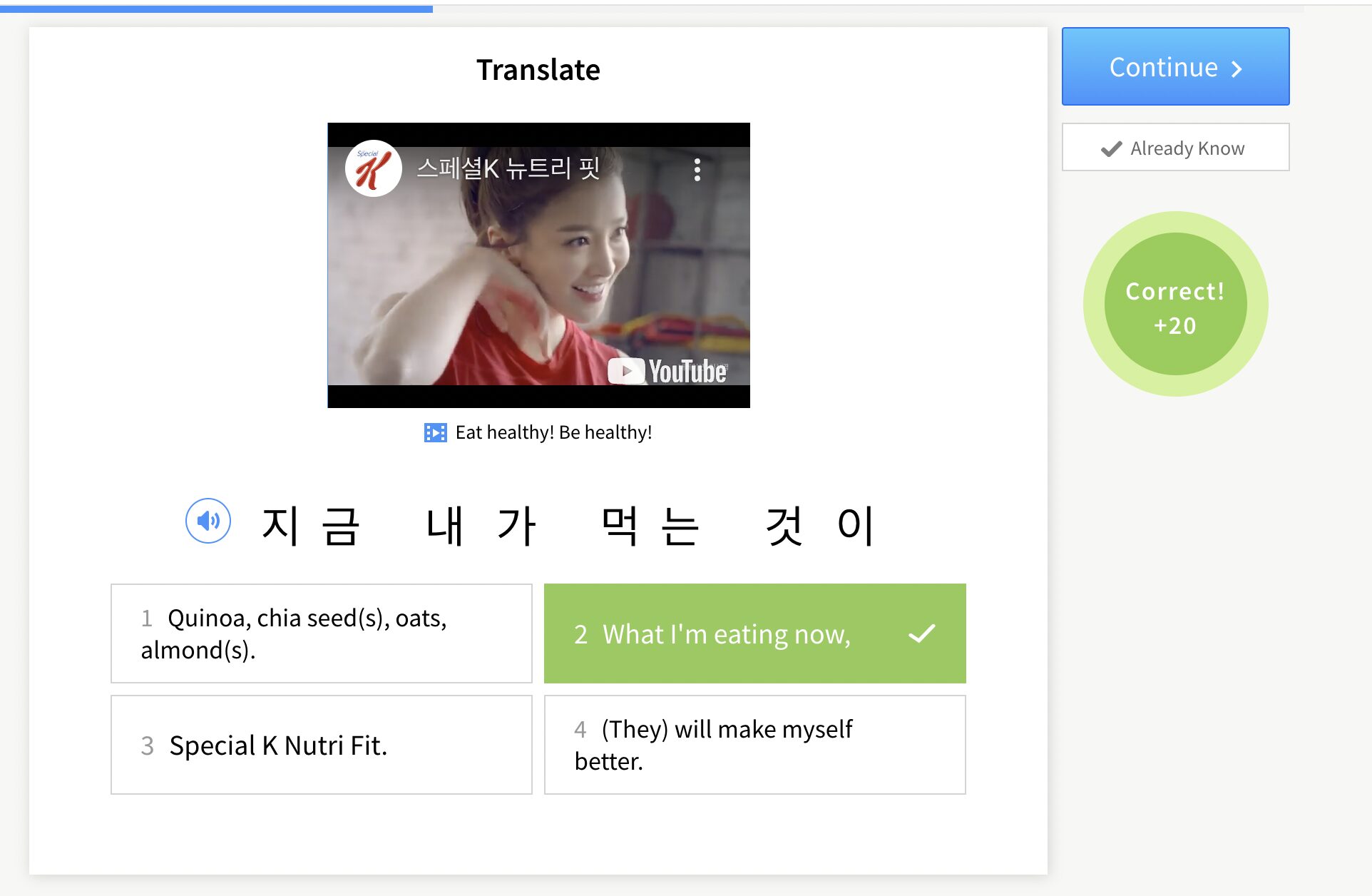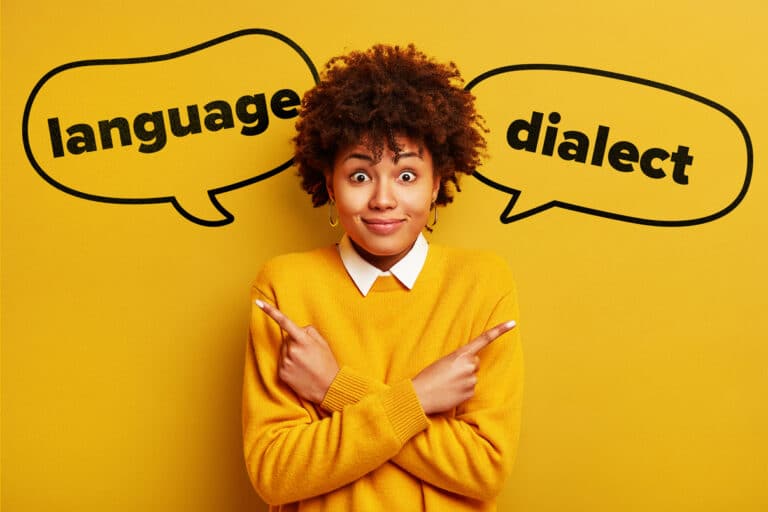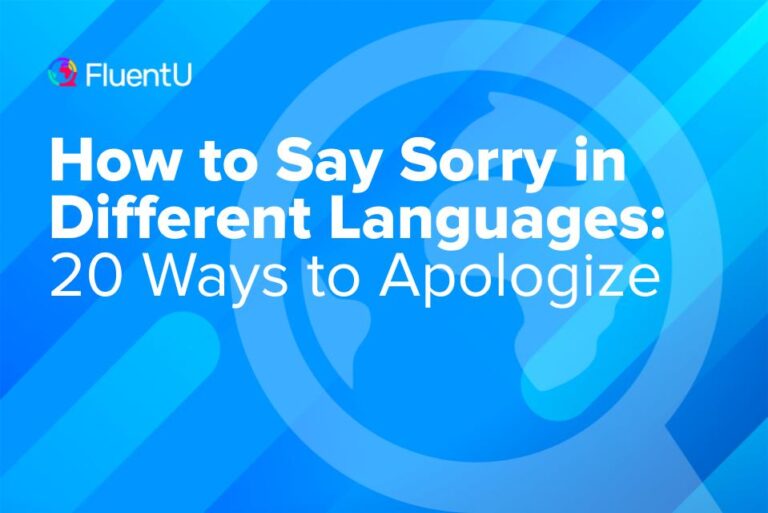Language Learning Styles and Learning Techniques That Suit Each

Let’s face it, learning a new language is time consuming and we’d like to get through as quickly and easily as our brains will allow us. Luckily, as an independent language learner, you can tailor your instruction in a way that best suits your language learning style.
In this blog post, you’ll learn what language learning styles are out there, find out what type of learner you are and what learning approach works best for you.
Download: This blog post is available as a convenient and portable PDF that you can take anywhere. Click here to get a copy. (Download)
What Are Language Learning Styles?
There are four main language learning styles: visual, auditory, verbal (reading and writing) and kinesthetic. Each style has its own set of traits to help you better identify exactly where you fit in. Knowing your particular style can help you learn a new language quickly.
You can take a test to check what’s your learning style. However, having a particular learning style doesn’t mean that you can’t learn using other learning styles. In fact, it’s necessary to use all resources to take in information—seeing, hearing and experiencing it are all equally important.
These styles are only meant to give you your best chance at truly internalizing the new information.
So, if you want to understand more about your particular learning style and how you can use it to help you along in the language learning process, read on.
1. Visual Learner
If you’re the type of person who googles lyrics to memorize a song, or the type of person who’s both amazed and confused by people who listen to audiobooks instead of just reading actual books, then you’re probably a visual learner.
Sixty-five percent of the population are visual learners. People with this learning style tend to learn best by using images, pictures, colors, maps and other kinds of visual media. Not only are external images helpful for them, but they’re also able to visualize things in their mind.
So next time your mind starts to wander during a speech or lecture, just know that there’s nothing wrong with you. Your brain would just prefer to have an image to process. For the visual learner, visualization is everything. Therefore, when learning a new language make sure you approach it with an image-heavy learning format.
The Vocabulary Approach for Visual Learners
This method focuses on vocabulary first, grammar second. Learning lots of vocabulary is an ideal method to kick-start the language learning process.
Students learn by repetition and association. A word is presented with a corresponding image, then students must make the appropriate association either by naming the image or matching the word to the image.
There are several online language labs that are ideal for the vocabulary-based approach. Programs like Memrise are great examples as they rely heavily on words and images to teach beginners a new language. Not to mention creating your own flashcards, either manually or with an app, is always a great way to teach yourself as you’re the one creating the associations, therefore making the associations personal to you.
The great thing about this vocabulary-based method is that you’ll soon know a ton of words and become extra flexible with your language usage.
However, this approach does have its drawbacks. You’ll know a lot of words, but you may not know how to use them, so it’s important to be mindful and find ways to incorporate grammar into your learning here and there.
The Grammar Approach for Visual Learners
This is a more traditional method of learning a language. This is the textbook method. It focuses heavily on grammar and a more rote method of learning vocabulary.
Instead of using images, vocabulary terms are typically listed at the beginning of a textbook chapter and followed by a grammar lesson. Then at the end of the chapter, the grammar and vocabulary dovetail so that students can make practical use of each.
Although this method lacks the memorable images that are typically used in the Vocabulary Approach, this is still good for the visual learner.
As mentioned above, really all the visual learner needs is images—and letters count as images on some level. While photographs are great, so is text.
You can accompany your lectures with PowerPoint slides or handouts, anything for the visual learner to read and follow along with.
With this method, you’ll have a strong command of sentence structure right off the bat. Written communication and reading will come easily to students who have studied grammar intensely—and this works in a positive feedback loop because reading and writing are both great practice methods for the visual learner.
However, the drawback here is that this method does no favors for oral communication. Without listening to natives, or at least having brain full of vocabulary, oral communication will be an uphill battle.
The best bet is to do some combos. Get a headset and/or some flashcards, get your textbook of choice, and you’re good to go. This way, you can have the benefit of both grammar and vocabulary, and native sounds and will be on much more solid ground when you do start practicing oral communication.
2. Auditory Learner
If you’re in this category you probably like lengthy dialogues and plays and prefer oral instruction to textbook instruction. You enjoy listening to audiobooks. You’re probably the type of person who remembers names but not faces, and you talk your way through the problem solving process.
Just as the visual learner can read and memorize information, the auditory learner can, just as effectively, listen and memorize information. They retain information through sound better than most people.
Fortunately, being a good listener is an excellent trait to have while learning a new language. The ability to listen and comprehend a new language is a key competent to achieving fluency. Therefore, coming in as a ready-made listener makes for one less skill that you’ll need to work on.
The Audio Approach for Auditory Learners
Traditionally, the auditory method of language learning was called the “The Audiolingual Approach” where students would hear dialogue, repeat it, memorize it and then adapt the dialogue to their interests and engage in more repetition.
Although this specific format is no longer popular, the takeaway is that listening provides a strong base for this approach to learning. For everyone, listening helps us adapt to new sounds and pronunciations. However, it just may come easier to you as the auditory learner. And even though learning a new language requires more than just listening, having this skill gets you off to a great start.
Audio programs for CDs, podcasts and the like are going to be your new best friends. You can take them with you everywhere and learn on the go.
And there’s no shortage of resources. Programs like Pimsleur or Michel Thomas are great vocabulary-based programs that will push you closer to meeting your language learning goals.
Just be careful not to only rely on audio. As with the Vocabulary Approach, many programs don’t emphasize grammar. While it’s important to have a full arsenal of vocabulary, grammar is equally as important for effective communication.
Many people who use this approach tend not to obtain full comprehension right away, and merely pick up the gist of conversations.
So having a full grasp of your target language is the best way to go.
3. Verbal (Reading and Writing) Learner
If you like reading and taking notes, then you’re probably a verbal learner. You’ll find that reading and writing are more powerful for you when learning a language than using visual or auditory materials. You enjoy writing down lessons from textbooks and repeating them back to yourself.
The verbal learner is an incredible note-taker for this reason, putting pen to paper can make all the difference.
The Communicative Approach for Verbal Learners
This approach to learning a new language is wonderful for the kinesthetic and tactile learner alike—and the auditory learner may find that they’re in their comfort zone here as well.
Traditionally, it’s taught in classroom settings with small groups of students. Instructors teach the target language through interaction. They use role-play, drama and simulations to make students communicate in unrehearsed scenarios. This focuses on helping students to express what they mean, as opposed to focusing on grammatical perfection.
Body language and acting things out is highly encouraged in this process. Instructors also combine oral communication with reading and writing in order to help language learners advance more quickly through the process.
Just because this method is traditionally taught in the classroom doesn’t mean that independent language learners can’t improvise. If you want to find a language school that uses this method, great!
If you can’t afford that, or simply just want the flexibility of making your own schedule and lessons, you can always form a group on your own. The best way to do this is through websites like Meetup and Facebook. This way you can round up people who are also interested in your target language to plan lessons and activities that fit your common interests.
That’s another great thing about the Communicative Approach. Lessons are tailored to the language learner’s personal experience. For example, if you’re a doctor, you may not find it as useful to learn a bunch of vocabulary and phrases that are related to computer programming. Or if you’re a vegan you won’t really be too interested in learning how to properly order a medium-rare filet mignon.
People will be much more engaged when they know that what they’re learning is something that they’ll actually be able to apply in real life. As a group, you can find ways to blend your interests to make the sessions beneficial for everyone.
Of course, there are always two sides. While learning with a supportive group of people is great, it may feel a bit like the blind leading the blind if there isn’t a fluent or native speaker among you. It may help to ask one to join you. Of course, unless this person is simply passionate about teaching their native language to strangers—or super friendly—that may be challenging as there’s no real benefit for the native speaker.
The next best thing may be to find someone who’s at a very advanced level to join the group. This way, the advanced learner will have the benefit of continued practice, and everyone else will have the benefit of a proper “instructor” who can help with new words, phrases and mistakes.
No matter what, the important thing is to get people together and start speaking. As kinesthetic and tactile learners, you’re bound to find ways to keep things productive and interesting.
4. Kinesthetic Learner

Kinesthetic learners require a more active approach to learning.
These learners have a much more difficult time in the classroom because of the sitting, lecturing and reading. The kinesthetic learners are more hands-on. They learn by doing. For instance, they don’t want to sit in biology class and hear a lecture about how cells work. They want to be in the lab with a microscope observing, testing and being fully engaged in the learning process.
Kinesthetic learners best retains information by being as active as possible—ideally with activities that involve whole body movements.
The Immersion Approach for Kinesthetic Learners
All that’s required for the Immersion Approach is, well, full-on immersion.
The best way to do that is by spending time in the country where your target language is spoken. There’s no replacement for being front and center, experiencing language, food and culture all at once. It’s probably the best teacher anyone could ask for.
But people can live in a country for years, decades even, and still not have a strong command of the official language. You have to truly dedicate yourself and take advantage of the opportunity to practice speaking at every possible moment to get the most out of your experience.
Of course, picking up and moving to a new country isn’t feasible for everyone, even if just for a short time. Money, family, kids and career are just a few common things that can get in the way. Thankfully, the Internet offers several alternatives to relocation.
LyricsTraining is great for kinesthetic learners, because it’s both immersive and very interactive. Also, the language exchange site italki is an excellent resource to immerse yourself into a language, because you get to have live conversations with native speakers who can support you through your language learning journey. You can also hire a professional, private language tutor online here to really improve and polish your skills. Finally, you can try an immersive language learning program such as FluentU.
FluentU takes authentic videos—like music videos, movie trailers, news and inspiring talks—and turns them into personalized language learning lessons.
You can try FluentU for free for 2 weeks. Check out the website or download the iOS app or Android app.
P.S. Click here to take advantage of our current sale! (Expires at the end of this month.)

With the Immersion Approach you get not a taste, but a full helping, of actual everyday speech. While structured programs are great, people don’t always speak “by the book.” With native speakers, you pick up the nuances and the colloquialisms of the language. You’ll understand those phrases that you can’t make an ounce of sense out of when you try to translate them according to the way you learned in your structured program.
To really make the most out of this approach, it’s best to supplement it with another language learning method. Take a course, use one of the many online platforms, buy a dictionary or consult a textbook. Give yourself a base for the language and you’ll find that you’ll have a much easier time picking it up.
Learning a language according to your language style will always be a huge benefit to you as a language learner. However, it’s important to keep this word in mind too: integration. For some people this will come easily, for others not so much. Either way, while it may be frustrating, it can’t hurt you. Actually, it will only help you.
Don’t let your preferred learning style limit you. Try your hand at several methods to help you reach your full potential. Use images. Listen to audio. Then muster up some courage and practice speaking on one of the several free language exchange websites.
Do what makes you comfortable—and then do what doesn’t. Again, learning a new language isn’t for the faint of heart, but if you’re here reading this then you’ve already got more resolve than you think.
Now off you go. It’s time to get to work!
Download: This blog post is available as a convenient and portable PDF that you can take anywhere. Click here to get a copy. (Download)
And One More Thing...
If you're like me and love learning languages through real-world content, FluentU is a game-changer. With FluentU, you're not just memorizing words—you’re learning how native speakers actually use them.
With our newest feature, you can now bring FluentU’s interactive tools to any subtitled content on YouTube or Netflix—or even import YouTube videos directly into your FluentU account!
You’ll also get access to a huge variety of content in our curated video library, from movie trailers to news clips, music videos, and more. The best part? FluentU makes this native-language content accessible for learners of all levels.
While you watch, you can tap on any word in the interactive subtitles to see a definition, an image, audio, and useful example sentences. Want to practice new words later? Add them to your flashcards with one click. No more pausing to look up and write down new words!
And FluentU helps you actually remember what you learn with personalized quizzes, plenty of example sentences, and extra practice with the words you find difficult.
Ready to start learning in a more natural, immersive way? Try FluentU on your computer or tablet, or download the FluentU app from the App Store or Google Play. Click here to take advantage of our current sale! (Expires at the end of this month.)



